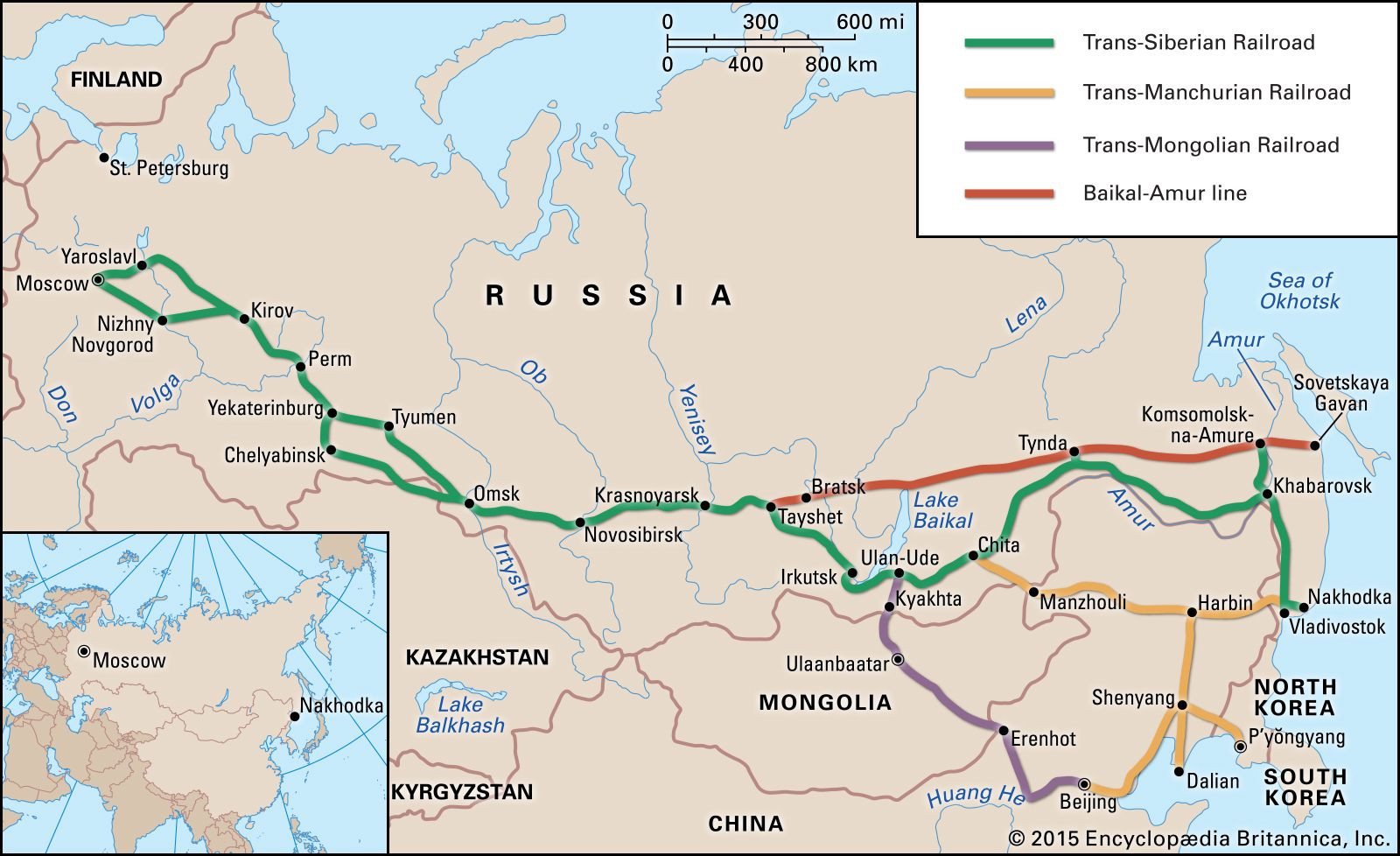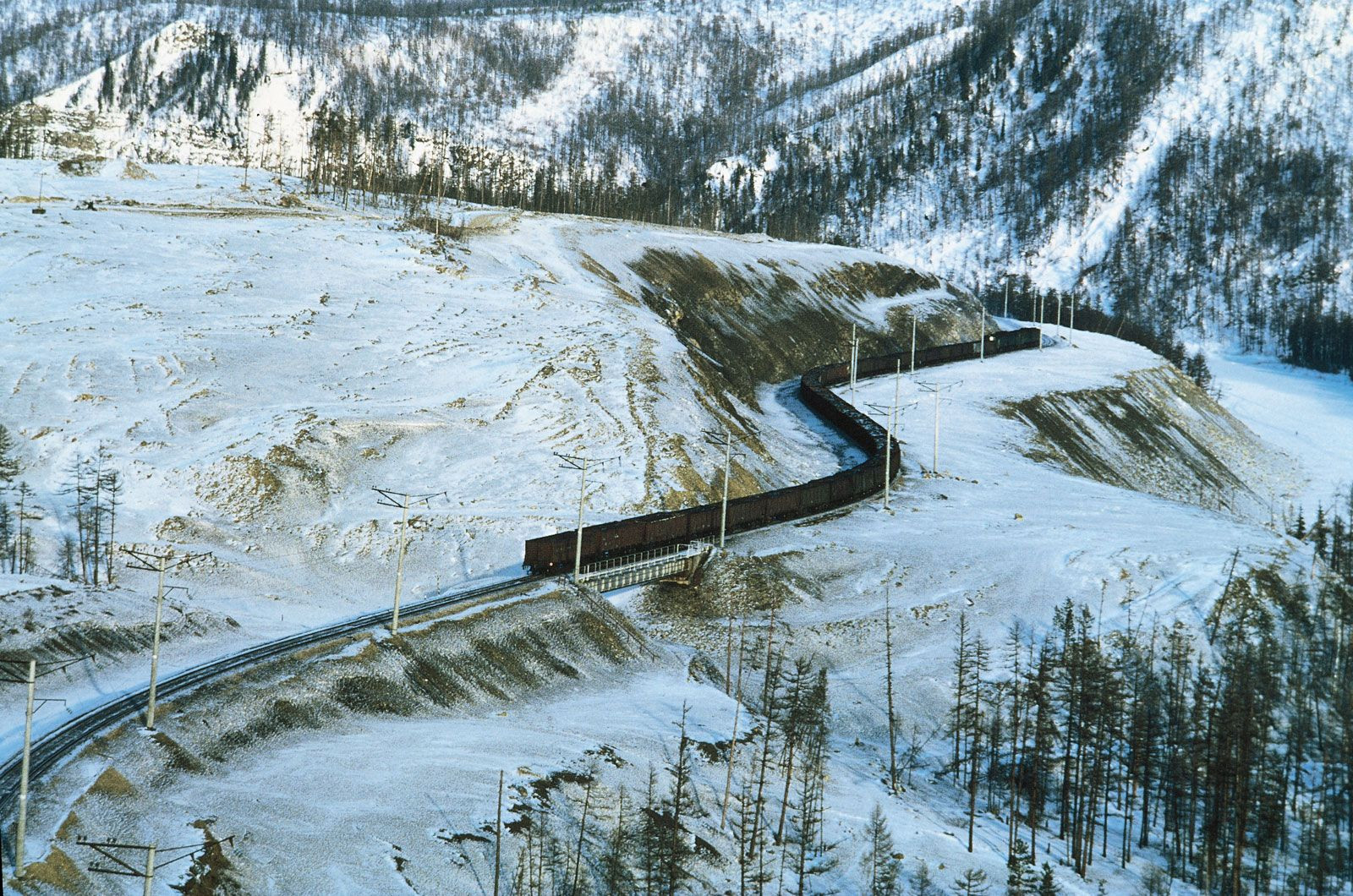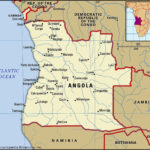Siberia, a name synonymous with vastness and mystery, often evokes images of snow-covered landscapes and remote wilderness. But Where Is Siberia Located exactly? Siberia is an extensive geographical region spanning a significant portion of Russia, essentially constituting all of Northern Asia. It stretches from the Ural Mountains in the west to the Pacific Ocean in the east, and from the Arctic Ocean in the north to the borders of Kazakhstan, Mongolia, and China in the south. This immense territory covers approximately 13.1 million square kilometers (5.1 million square miles), representing about 77% of Russia’s total land area.
To understand the sheer scale of Siberia’s location, it’s helpful to visualize it within the context of Russia and the globe. Situated primarily in Asia, Siberia occupies the eastern part of the Russian Federation. It encompasses several federal subjects of Russia, including republics, krais, and oblasts, each contributing to the diverse geography and resources of the region. Its longitudinal span means that Siberia covers multiple time zones, and its latitudinal extent results in dramatic variations in climate and environment, from Arctic tundra in the north to taiga forests in the center and steppes in the south.
Historically, despite its remote location, Siberia has played a crucial role in Russia’s development. While historically used as a place of exile, large-scale Russian settlement began with the construction of the Trans-Siberian Railroad (1891–1905). This railway, traversing the breadth of Siberia, dramatically improved connectivity and facilitated migration and economic activities. The Trans-Siberian Railroad remains a vital artery, linking the geographically distant parts of Russia and playing a key role in the region’s development.
During the Soviet era, Siberia’s location became strategically significant for industrial growth. The Soviet government initiated substantial industrial projects, particularly from the Five-Year Plans onwards. Coal mining and iron and steel industries were established, especially in areas like the Kuznetsk Coal Basin and along the Trans-Siberian Railroad. Forced labor camps, a dark chapter in Siberian history, were also established, contributing to mining and industrial operations in remote locations. During World War II, the relocation of factories from western Russia to Siberia, further solidified Siberia’s role as an industrial backbone for the Soviet war effort, leveraging its geographically secure location far from the front lines.
Post-war, the late 1950s and 1960s witnessed further industrial expansion in Siberia. The discovery and exploitation of vast oil and natural gas fields in western Siberia transformed the region’s economic landscape. Giant hydroelectric power stations were constructed on major Siberian rivers like the Angara, Yenisey, and Ob, providing energy for burgeoning industries. The Baikal-Amur Magistral (BAM) railway, completed in 1980, was another ambitious project aimed at opening up new territories and resources in eastern Siberia, running north of and parallel to the Trans-Siberian.
Despite its rich resources and industrial development, Siberia faces unique challenges due to its geographical location. The harsh climate, particularly in the northern and eastern regions, and the vast distances contribute to a sparse population. Population density is highest in the west and south, along the Trans-Siberian Railroad corridor. Major Siberian cities, such as Novosibirsk, Omsk, and Krasnoyarsk, are located in these more accessible and temperate zones. While migration from Siberia occurred in the late 20th century, ongoing development and resource extraction continue to shape its demographic and economic profile.
In conclusion, Siberia’s location in the eastern expanse of Russia defines its character and history. From its geographical boundaries stretching across Northern Asia to its role in Russian and Soviet history, Siberia’s vastness and resource wealth are intrinsically linked to its location. Understanding where Siberia is located is key to appreciating its unique environment, historical development, and ongoing significance in the modern world.


 The Baikal-Amur Railway in Siberia, Russia, illustrating the challenging terrain and vast distances of Siberia.
The Baikal-Amur Railway in Siberia, Russia, illustrating the challenging terrain and vast distances of Siberia.